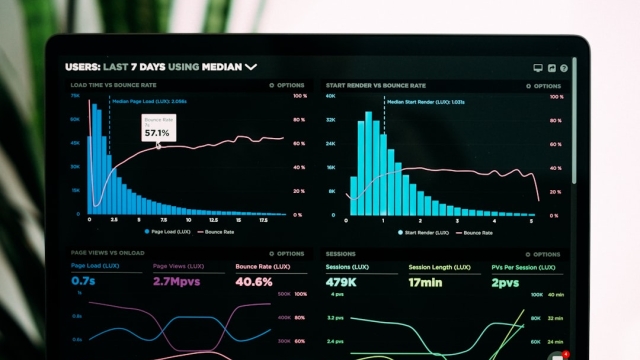In an increasingly globalized economy, understanding the dynamics of trade has become essential for businesses aiming to thrive. trade analytics plays a crucial role in this context, enabling companies to gather, analyze, and interpret data related to import and export activities. By leveraging trade analytics, businesses can make informed decisions, identify market opportunities, and navigate the complexities of international trade more effectively.
Understanding Trade Analytics: An Overview
Trade analytics encompasses the systematic examination of trade data to derive meaningful insights. This can include patterns in purchasing behavior, demand forecasting, and risk assessment. The importance of trade analytics lies in its ability to provide businesses with a competitive edge. By understanding trade flows and market demands, companies can optimize their supply chains, improve inventory management, and enhance customer satisfaction.
Key Metrics in Import Data Analysis
When analyzing import data, several key metrics are vital for gaining clarity on market trends and performance. Understanding these metrics can help businesses identify areas for improvement and opportunities for growth.
- Import Volume: This metric indicates the quantity of goods imported over a specific period. Tracking import volumes can help businesses recognize demand peaks and troughs.
- Value of Imports: Analyzing the monetary value of imports provides insight into spending patterns and helps businesses budget effectively.
- Country of Origin: Understanding where products are sourced can inform strategic decisions on supplier relationships and risk management.
- Product Categories: Analyzing imports by category enables businesses to focus on high-demand products while identifying potential gaps in their offerings.
Visualizations such as graphs and charts can significantly enhance the understanding of these metrics. For instance, a bar graph showcasing the monthly import volume of a specific product can quickly highlight trends and fluctuations, while pie charts can illustrate the share of different product categories in total imports.
Utilizing Customs Records for Business Insights
Customs records are a treasure trove of information that can be strategically leveraged for trade analytics. These records contain detailed information about shipments, including descriptions of goods, quantities, values, and the parties involved in the transactions. By analyzing customs data, businesses can uncover valuable insights that inform their operational strategies.
For example, a company looking to enter a new market can utilize customs records to assess the competitive landscape. By examining the volume and value of imports from various competitors, the company can gauge market saturation and identify potential entry points. Additionally, customs data can reveal seasonal trends, allowing businesses to plan their inventory and marketing strategies accordingly.
Case studies illustrate the effectiveness of utilizing customs records in trade analytics. A manufacturer aiming to expand its product line discovered through customs analysis that there was a rising demand for a specific product category in a target market. By aligning their production and marketing strategies with this insight, they successfully captured market share and increased sales.
Actionable Tips for Implementing Trade Analytics
For businesses looking to integrate trade analytics into their decision-making processes, here are some actionable tips:
- Invest in Analytics Tools: Utilize software that specializes in trade analytics to streamline data collection and analysis.
- Regularly Review Data: Schedule routine assessments of trade data to stay informed about market trends and adjust strategies as needed.
- Collaborate Across Departments: Encourage collaboration between supply chain, sales, and marketing teams to leverage insights from trade analytics effectively.
- Stay Informed: Keep abreast of changes in trade regulations and market conditions that could impact your analysis.
By taking these steps, businesses can enhance their trade analytics capabilities and make data-driven decisions that foster growth and competitiveness. For further insights and resources on trade analytics, consider exploring comprehensive platforms that specialize in this field.
In conclusion, trade analytics is not just a tool; it is a fundamental aspect of strategic planning in international business. By understanding key metrics, utilizing customs records, and implementing effective practices, companies can harness the power of trade analytics to navigate the complex world of global trade successfully.


